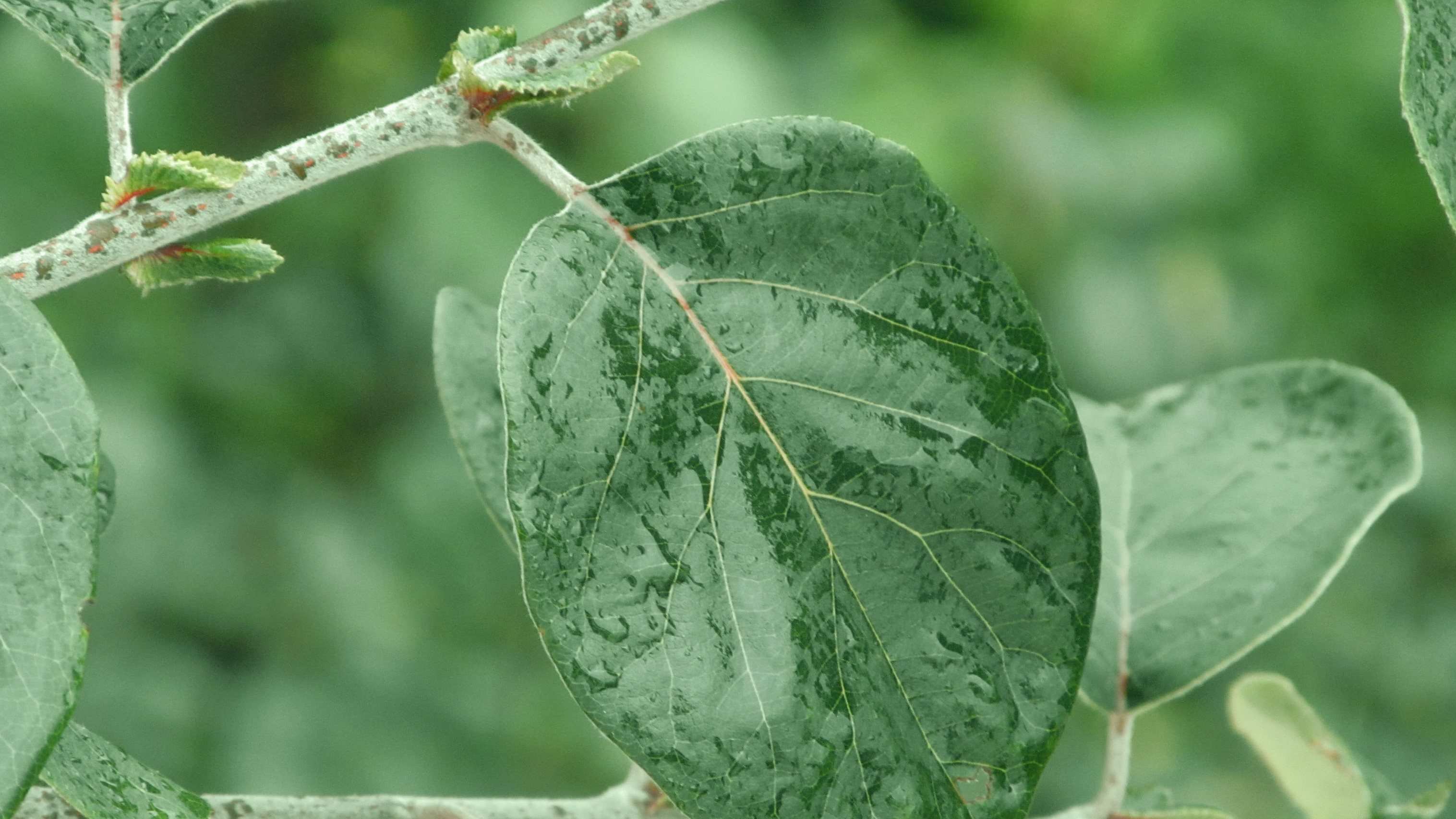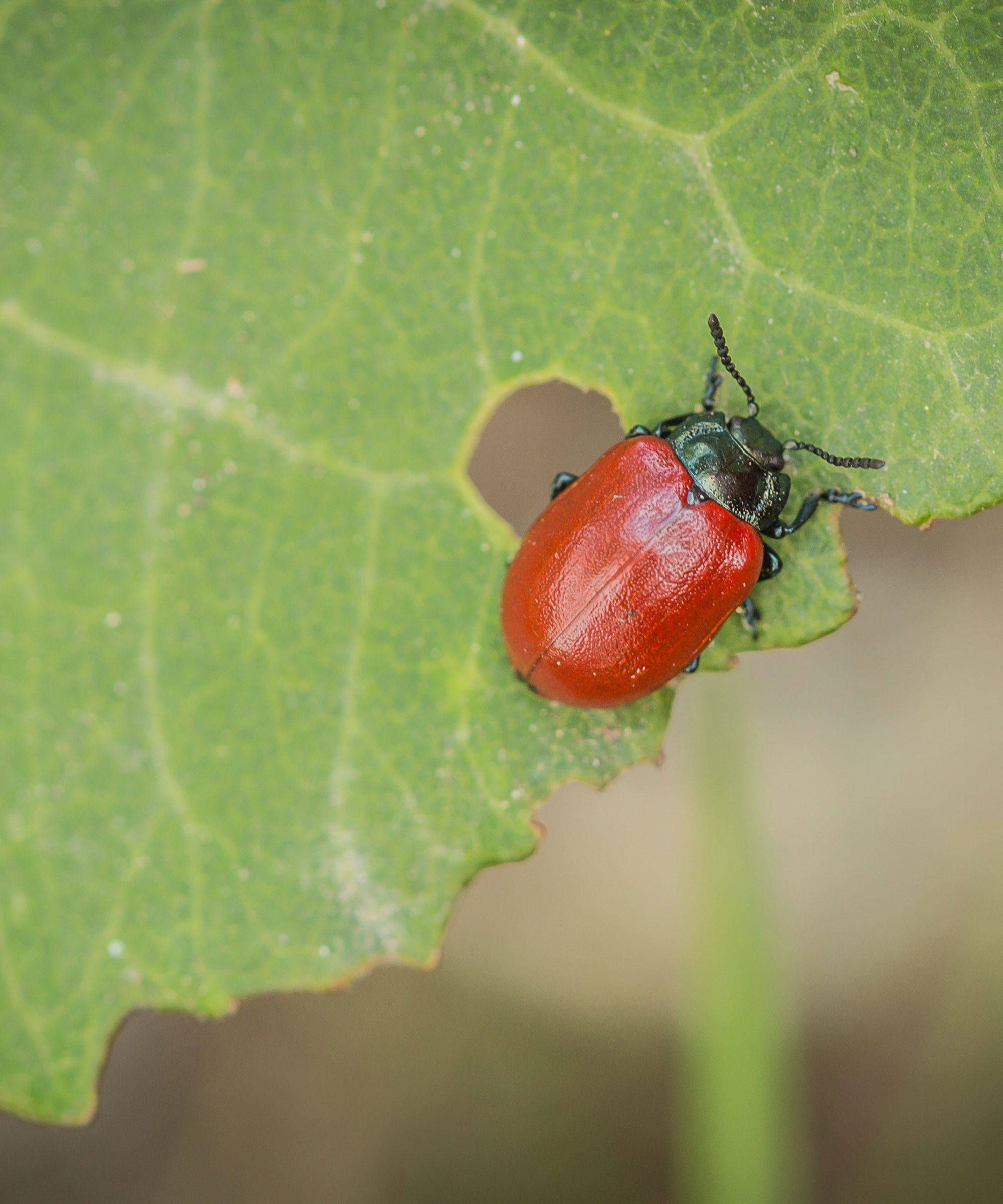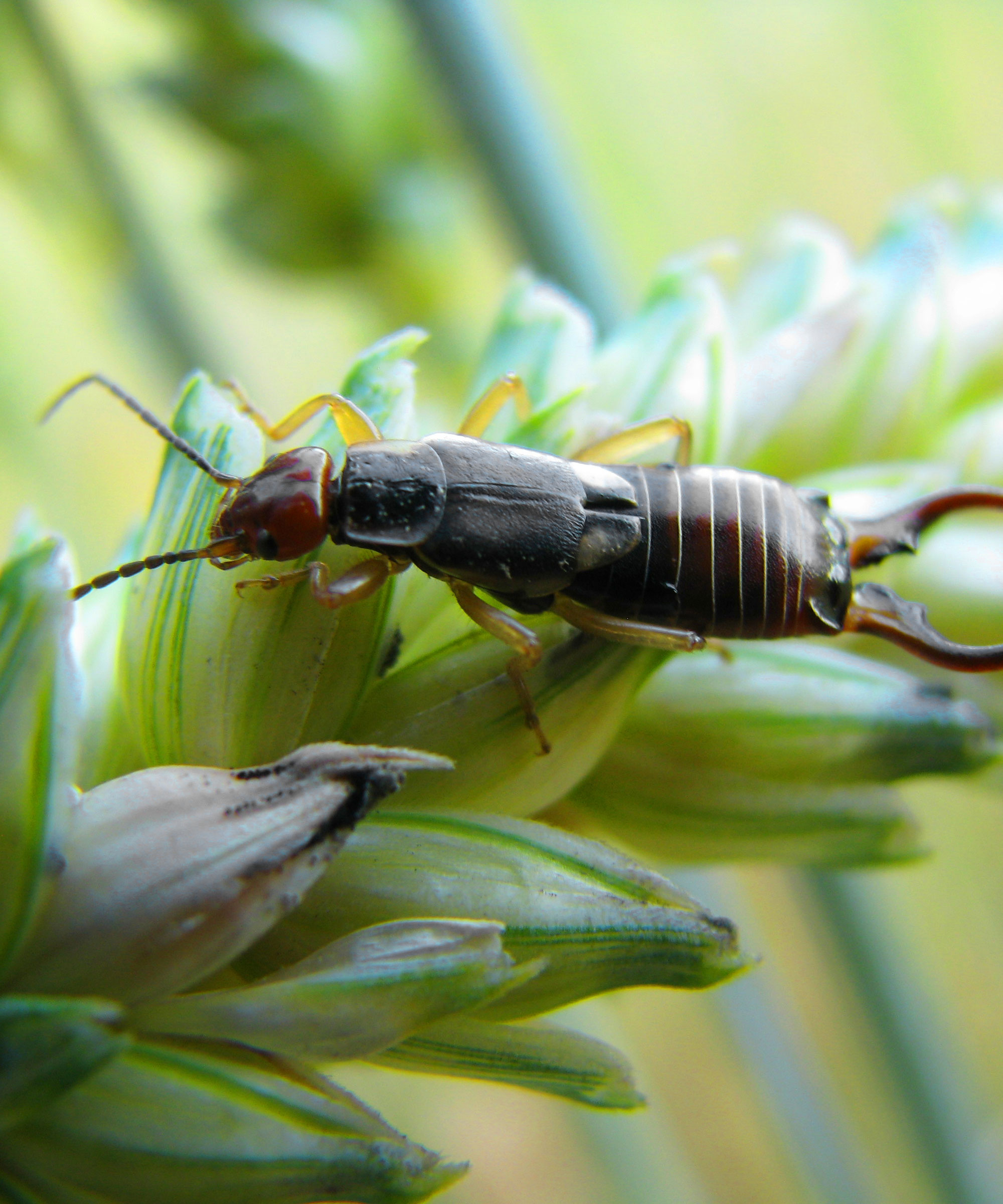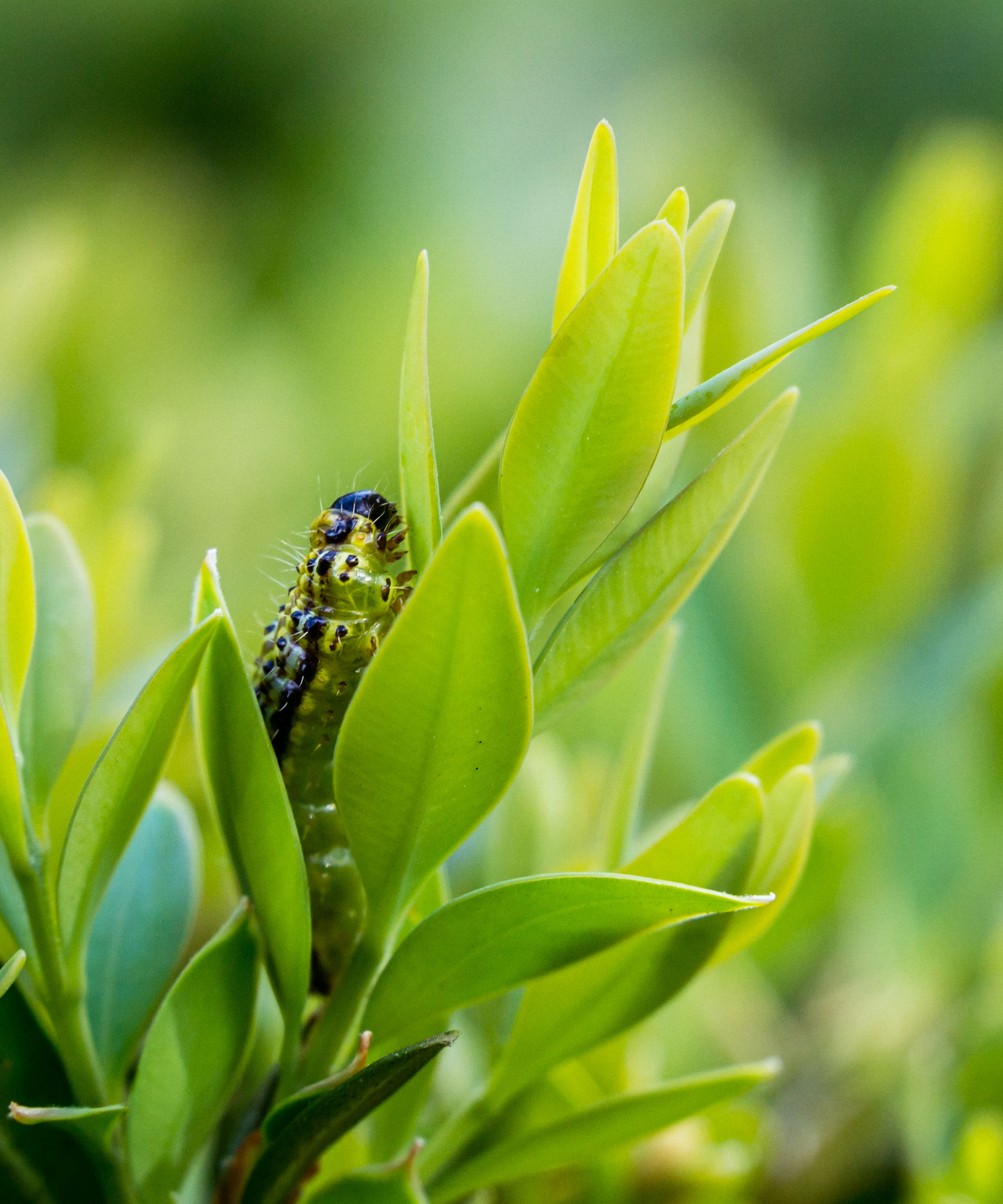Should you fight pests in your garden or leave them be? Here's what the RHS say
Garden pests can be difficult to eradicate – but there are several you may want to leave alone, according to the RHS

Garden pests can wreak havoc with grow your own plans and even destroy a flower garden – but is it always necessary to reach for pesticide sprays if you have noticed that your plants are under attack?
While the impulse to eradicate pests is understandable given how much work goes into gardening, the RHS are actively promoting a different approach. They are advising gardeners to see their garden as an ecosystem that can cope with a small number of garden pests. In return, you will have a healthier garden that attracts more wildlife.
'You need to tolerate a few nibbled plants to have a healthy ecosystem in your garden', says Andrew Salisbury, chief entomologist for the RHS.
Of course, not all pests are easy to tolerate in the garden; you may wish to learn how to get rid of slugs if you have a lot of them, for example. But there are pests that you may wish to leave alone for a while and see whether your garden's ecosystem is able to control them naturally. Here are the top five*.
1. Red Lily Beetle

This colourful little creature can do some serious damage. With identifying red wings and the ability to fly, you’d assume this pest would be easy to spot, so it’s surprising that the Red Lily Beetle often goes so undetected.
The tell-tale sign that you may have Red Lily Beetles is holes in the leaves of your lilies and fritillaria. Their grubs cause the most damage of all, but luckily these plants can survive some gnawing, so pay attention to attacks in early summer on the bulbs and foliage. This can result in underdevelopment and stop the plant flowering until the following year.
The plants can tolerate these pests on a small scale, although in some cases they can persist. Pesticides should only be used as a last resort. Try removing the eggs and larvae by hand in the first instance.
2. Earwig

One of the better-known pests, many of us will already be familiar with the distinctive features of the common earwig. Characterised by their two end pincers, these creatures are hard to mistake but their brown colouring is great camouflage in the soil.
Earwigs damage a range of flowers, from dahlia to chrysanthemums by eating their leaves and petals, but did you know they can actually be beneficial to the flourishing of your fruit trees? Earwigs feed on aphids that attack the fruit, so they are, in a sense, pest control in their own right!
If your flowers are really suffering, it’s best to initially try trapping these pests. Placing upturned flowerpots loosely stuffed with hay or straw amongst the plants being attacked can be useful for monitoring their numbers, but also be a great way to move them over to fruit trees where they can work their magic.
3. Rosy Apple Aphid
The clue is in the name, these garden pests target apple trees. Carefully coloured the same shade of rosy red, they are hard to spot when in action. They feed on the sap and distort the foliage and fruit of the plants they feast on, causing leaves to curl and turn a yellowish colour, preventing healthy fruit development.
As mentioned above, earwigs are a natural way to control aphids, among other natural enemies such as ladybirds and wasps. Light infestations are tolerable and by encouraging wildlife to visit and make home in your garden, the circle of life can help keep numbers under control.
4. Box Tree Caterpillar

The Box Tree Caterpillar, as the name suggests, affects the growth of box plants. Its greenish-yellow coloring and blackhead are perfect for writhing undetected through the leaves of its chosen prey.
They feed within webbing and these small but deadly pests can completely defoliate box plants. If you spot the webbing, start searching for pale yellow, flattish eggs on the underside of box leaves – this is how you can judge the severity of the infestation.
If the infestation is extensive this can be treated with an insecticide. This has to be thorough and forceful in order to penetrate the strong silk webbing. However, the RHS suggests that plants can withstand a few caterpillar nibbles, so don’t act too fast – just keep an eye on their host plants. Otherwise, you can exist harmoniously together.
5. Mealy Cabbage Aphid
This pest is extremely versatile, targeting a huge range of plants. Cabbages to cauliflowers, spinach to sprouts. Look out for small critters with white greyish skin and the waxy residue they leave behind.
The pests shed their skin along with a sticky substance which could come infected by a sooty mould. They are usually found on new leaves and target vulnerable young plants. Luckily, they have many predators who naturally keep their population under control. However, if the problem persists, try organic sprays, fatty acids or plant oils for an eco-friendly solution.
* Pest research courtesy of The Greenhouse People.
Anna writes about interior design and gardening. Her work has appeared in Homes & Gardens, Livingetc, and many other publications. She is an experienced outdoor and indoor gardener and has a passion for growing roses and Japanese maples in her outside space.
